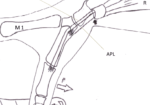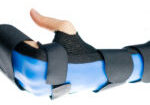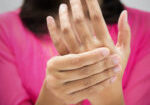What to Know as a Hand Therapist When Choosing Thermoplastic Orthosis Material
Filed under Orthoses
By: Kelsey Melton
Thermoplastic materials can have a variety of properties. Each supplier has a different version of each combination of variables for the therapist to choose from. The most common brands used for orthosis fabrication are Orfit, NorthCoast Medical (NCM), and Raylan. These brands all have their versions of thermoplastic material that vary in conformability and resistance. Each one can be beneficial for different types of orthoses. Below is a comparison of the variables, materials, and each brand’s variation to help you decide which one you would use for your next orthosis.
Highly Resistive, Low Conformability
Materials highly resistant to stretch but low conformability are ideal for rigid, supportive orthoses like elbow orthoses or antispasticity splinting. Because they will only move when significant force is applied, this type of material can be helpful for larger body areas that can apply more leverage and force across the material. This is beneficial if patients unexpectedly move as it will not change the shape of the material, making it easier for the therapist. Fabrication can take more effort from the therapist, but the item will not easily change shape as it is cooling and the patient’s position changes slightly. Below are some materials from each brand:
- Rolyan: Synergy Thermoplastic
- NCM: Omega Max
- Orfit: Multifit NS
Highly Resistive, Moderate Conformability:
Highly resistant to stretch and moderate conformability, these materials are more straightforward to mold to the patient, requiring less force to shape. This allows the clinician to be in more control. This is great for various static or dynamic orthoses for the hand, wrist, or elbow and when a patient can understand and comply with the positional needs of the orthosis during fabrication. Below are materials across brands:
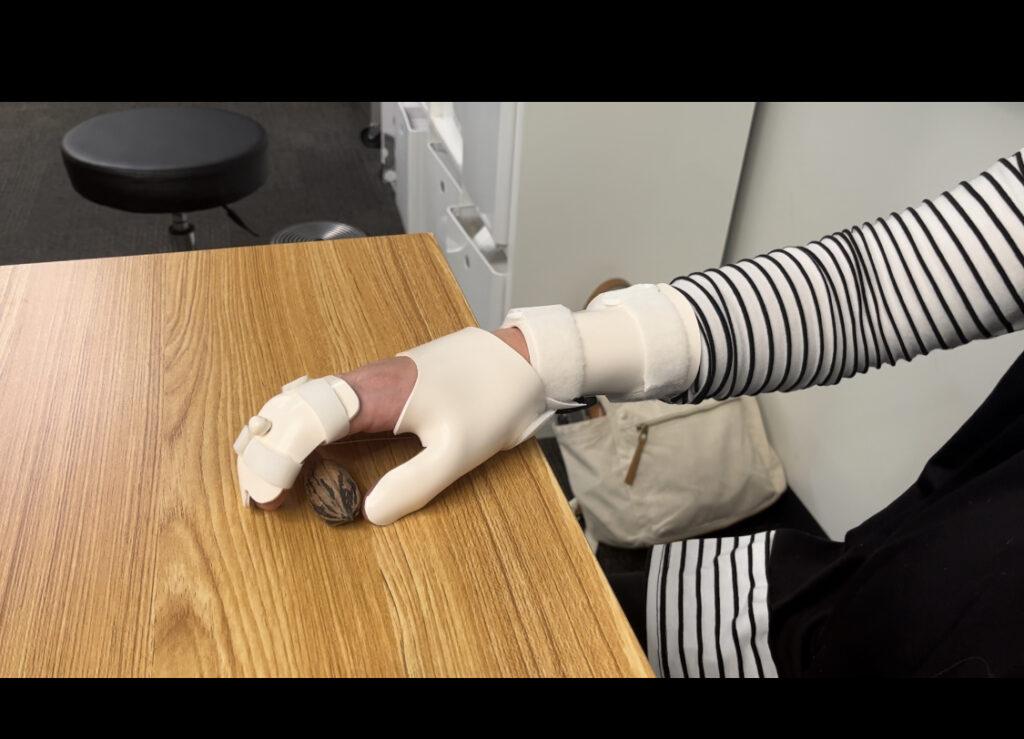
- Rolyan: Ezeform
- NCM: Encore
- Orfit: classic
Moderately Resistive, Moderate Conformability:
Materials with moderate resistance to stretch and moderate conformability have excellent memory. This allows for the ability to re-shape as needed. This material is the best for a form-fitting shape as it easily conforms to surface contours. This makes it an excellent wrist, hand, or even digit orthoses option. But, it must still be held until cooled to keep the correct shape. This can be difficult with younger patients or those not able to stay in the needed position for more extended periods during fabrication:
- Rolyan: Aquaplast
- NCM: Prism
- NCM: Armour
- Orift: Aquafit NS
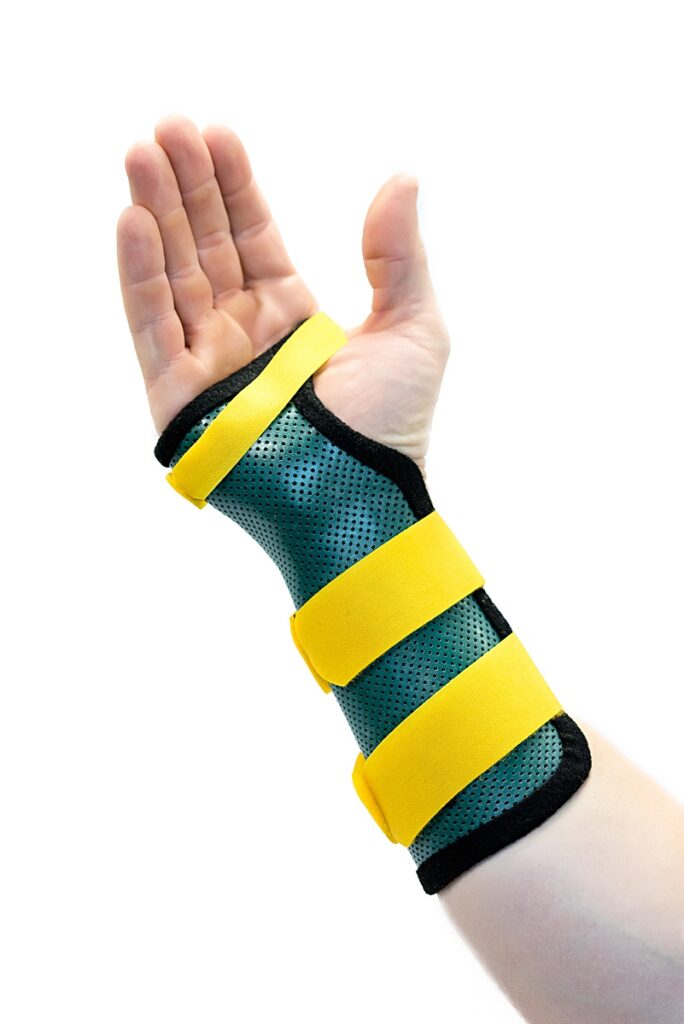
Moderate Resistance, High Conformability:
Materials with moderate resistance to stretch and high conformability conform well to surface contours and will not lose shape quickly. This material can be helpful for custom antispasticity splints as it will contour well but can be removed earlier for the patient for modifications without losing its shape. This is also helpful with pediatric patients who may not tolerate the warm material and refining the splint of the patient while still cooling:
- Rolyan: Tailorsplint
- NCM: Preferred Black
- Orfit: ECO NS
Low Resistance, High Conformability:
Low resistance to stretch and high conformability materials form the correct shape with very little pressure for intricate molding. These materials have maximum support and rigidity when it is cooled. They can be reshaped with heat, but they will not fully return to their original shape when it is reheated (memory). This material is excellent for fingers and wrists with more intricate contour needs.
- Rolyan: Polyform
- Orfit: classic
- NCM: clinic
More To Read
Pediatric & Adolescent Shoulder Instability
Lin, K.M, James, E.W., Spitze, E. & Fabricant, P.D. (2018). Pediatric and adolescent anterior shoulder instability: Clinical management of first-time dislocators. Current opinion in pediatrics, 30, 49-56. doi: 10.1097/MOP.0000000000000566. The Skinny: Shoulder instability for pediatric and adolescent patients is fairly common and is often complicated by a high re-dislocation rate. Shoulder instability typically occurs after…
Read MoreA Better De Quervain’s Tenosynovitis Test
J. F. Goubau, L. Goubau, A. Van Tongel, P. Van Hoonacker, D. Kerckhove, B. Berghs (2013).The wrist hyperflexion and abduction of the thumb (WHAT) test: a more specific and sensitive test to diagnose de Quervain tenosynovitis than the Eichhoff’s Test. J Hand Surg Eur Vol. 2014 Mar; 39(3): 286–292. Published online 2013 Jan 22. doi:…
Read MoreFlexor tendon rehabilitation in the 21st century: A systematic review
Neiduski, R. L. & Powell, R. K. (2019). Flexor tendon rehabilitation in the 21st century: A systematic review. Journal of Hand Therapy, 32, 165-174. The Skinny The objective of the study was to determine if there was evidence to support 1 type of exercise regimen. Exercise regimens reviewed include place and holds, early passive or…
Read MoreComparing IP and MCP joint splinting for Trigger Finger
Teo, S. H., Ng D. C., Wong, Y.K.(2018). Effectiveness of proximal interphalangeal joint blocking orthosis vs metacarpophalangeal joint blocking orthosis in trigger digit: A randomized clinical trial. Journal of Hand Therapy, 1-7. The Skinny- This study compared PIP joint immobilization via an Oval-8TM with a custom MCP blocking orthosis in the treatment of trigger finger. …
Read MoreSign-up to Get Updates Straight to Your Inbox!
Sign up with us and we will send you regular blog posts on everything hand therapy, notices every time we upload new videos and tutorials, along with handout, protocols, and other useful information.



